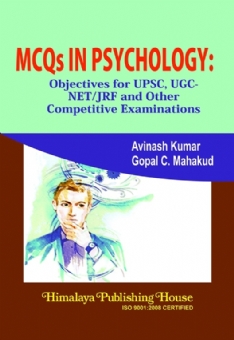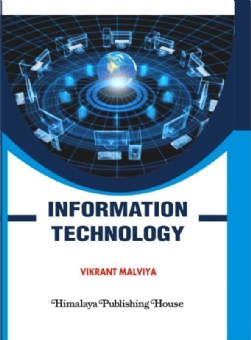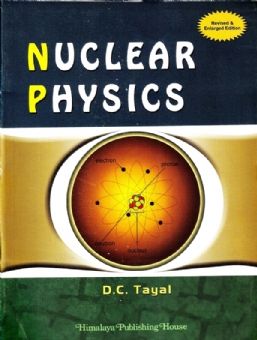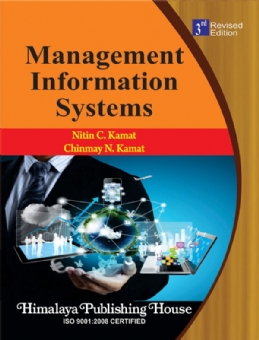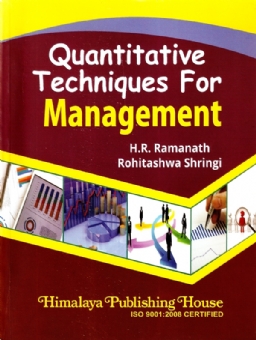In today’s rapidly evolving educational landscape, integrating technology into the learning process has become essential. Information and Communication Technology (ICT) tools have revolutionized the way students engage with scientific concepts, enhancing both understanding and application. Keeping this in mind, we have developed “ICT Tools for Physics”, a comprehensive guide designed to equip physics students with the necessary digital skills as per the guidelines of NEP 2020. This book primarily focuses on MS-Word, PowerPoint, and MS-Excel, three powerful tools that can significantly enhance a student’s ability to document, analyze, and present scientific data effectively.
- MS-Word is an essential tool for creating well-structured lab reports, research papers, and scientific documentation. This book provides step-by-step guidance on formatting equations, inserting scientific symbols, and organizing content professionally.
- PowerPoint Presentation enables students to visually communicate complex physics concepts through engaging slideshows. This book covers techniques for designing impactful presentations, incorporating animations, and using multimedia elements to explain theories and experiments.
- MS-Excel is a vital tool for data analysis in physics, helping students manage datasets, perform calculations, create graphs, and apply formulas for statistical analysis. This book introduces Excel functions that are particularly useful in physics experiments and research.
This book is crafted to align with NEP 2020, which emphasizes skill-based learning and the integration of technology into academics. By mastering these ICT tools, students will not only enhance their academic performance but also develop essential digital skills applicable to research and professional careers in physics.
Contents –
1. MS-Word and MS-PowerPoint
1.1.1 Introduction to MS-Word
1.1.2 Starting Word (How to Open MS-Word?)
1.1.3 Create a Document
1.1.4 (A) Save the Document
1.1.4 (B) Print the Document
1.1.5 (A) Move the Text
1.1.5 (B) Copy and Paste
1.1.6 Cut and Paste
1.1.7 Finding Text
1.1.8 Replace Command
1.1.9 Checking Spelling and Grammar
1.2.1 Inserting Pictures in MS-Word
1.2.2 Formatting Text
1.2.3 Use of Bullets and Numbering in MS-Word
1.2.4 Inserting Equations and Symbols
1.3.1 Page Setup in MS-Word
1.3.2 Inserting a Page Break
1.3.3 Using Header and Footer in Document
1.3.4 Inserting Page Numbering
1.3.5 Print Preview
1.3.6 Print Options
1.4.1 Creating Tables
1.4.2 Formatting a Table
1.5 Using Mail Merge
1.6.1 Introduction to PowerPoint Presentation
1.6.2 Creating a Blank Presentation
1.6.3 Adding a New Slide
1.6.4 Saving a Presentation
1.6.5 Printing Options
1.7 Designing a Presentation
1.8.1 Animations and Transitions
1.8.2 Slide Show
2. MS-Excel
2.1.1 Introduction (What is MS-Excel?)
2.1.2 Create a New Spreadsheet
2.1.3 Adding Information into Worksheet
2.1.4 Different Data Types in Excel
2.2.1 Moving Data Values
2.2.2 Editing Data Values
2.2.3 Insert / Delete Rows and Column
2.3.1 Data Editing: Find and Replace
2.4 Data Formatting Techniques
2.5 Working with different Mathematical, Text, Date and Time Formula in Excel
2.6.1 Page Layout Options
2.6.2 Header Footer Option
2.7 SORT and FILTER Functions
2.7.1 SORT Function
2.7.2 FILTER Function
2.8 Working with Multiple Worksheet


